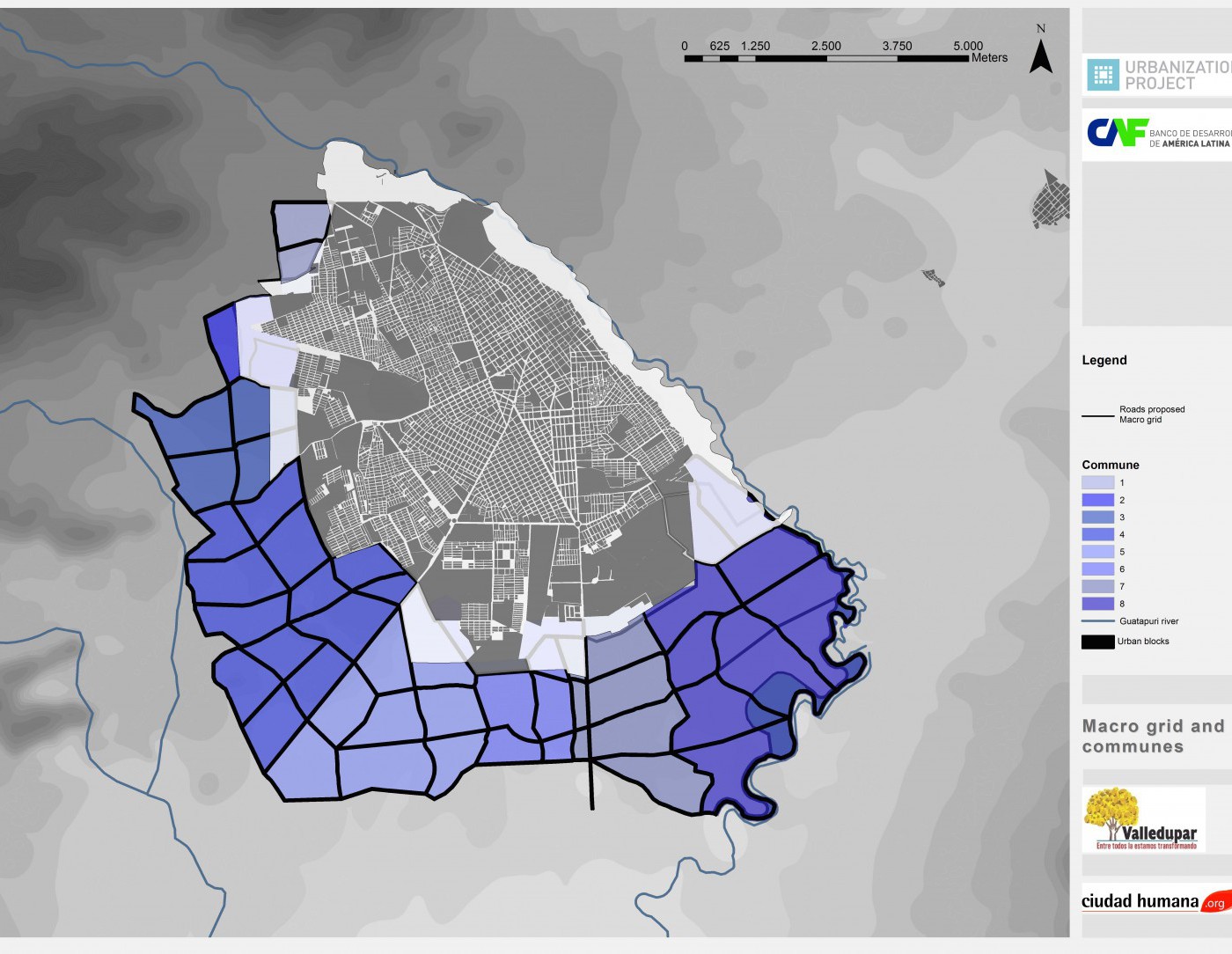Exploratory Study of Chinese Urban Expansion
Overlooked Third Tier Cities
+ Douglas Webster, Cai Jianming, Zhang Feifei, Larissa Muller, Lin Jing, Jianyi Li
This study focuses on understanding the ongoing and future (to 2050) expansion characteristics and dynamics of Third Tier cities in China. According to China’s 2010 census, Tier 3 (0.5-1 million inhabitants) and Tier 4 cities (0.25-0.50), had a city proper population of more than 173 million residents. If their wider municipal hinterlands are included, the population is 319 million, approximately the population of the United States. These cities are still growing fast, at an average annual rate of 2.8% from 2000 to 2010; many are growing much quicker, especially booming tourist/amenity cities, often are found in this size category.
Third and Fourth Tier cities have received little attention in addressing problems associated with their expansion dynamics—relative to the more glamorous First Tier cities, e.g., Shanghai, and the fast-rising Second Tier cities, e.g., Wuhan, from the national government, international development agencies, domestic and multinational corporations, and the media. This is despite the fact that they face pressing problems such as: (i) less diversified, more vulnerable economies, (ii) lack of arterial road networks that can provide for integrated public transit system, (iii) greater automobile dependency than larger cities, (v) inefficient land use, e.g., lower densities than larger cities, and fast-declining densities on the periphery, (vi) more polluting industrial bases, and (vii) Insufficient access to urban form / land / transport planning best practice knowledge.
The research based on four case study cities, namely Baoshan (a border city close to Myanmar), Yuncheng (a classic regional service center), Sanya (China’s leading beach resort), and Xuancheng (a demonstration city for relocation of industry to the interior), outlines priority challenges facing Third Tier cities related to urban expansion; and indicates action areas to make their future urban expansion more land efficient, productive, inclusive, and sustainable.
Key identified priority actions in terms of local planning and urban policy, and policy changes at the national level, include:
- Development of effective forecasting to more accurately determine the supply of land needed for city building to 2050
- Land use efficiency improvements through more contiguous and more compact development with less drop-off in density
- Development of appropriately routed and cross-sectional arterial roads to handle traffic, buses, electric motorbikes, bicycles, pedestrians, etc., with high efficiency
- Development of “through” fine road grids (feeder roads) within arterial superblocks to increase the number of intersections, reduce journey length / energy consumption / pollution, enabling denser development
- Designation of appropriate hierarchies within the urban form / expansion grid, e.g., urban sub-centers, employment nodes, to provide signals to key city building actors
- Better protection of high-value farmland (utilizing the Basic Farmland Protection Law) while minimizing disruption to urban expansion efficiency
- Providing urban periphery residents (often migrants) with better access to both jobs and key services, especially education, health, and housing, in pursuit of more equitable and inclusive development
- Preparing cities for “next step” transport technologies, e.g., flyovers over bottleneck intersections, BRT, and eventually driverless cars
- Increase awareness, and assist in implementation, of innovative infrastructure finance
The study concludes by identifying the urgent need for explicit recognition of these cities as a target for action, catalyzed by an on-the-ground action oriented Project, Productive, Inclusive and Sustainable Urban Expansion in Third & Fourth Tier Cities, that would involve a larger sample of Third Tier cities, key ministries of the national government, and the NYU Urban Expansion project.

